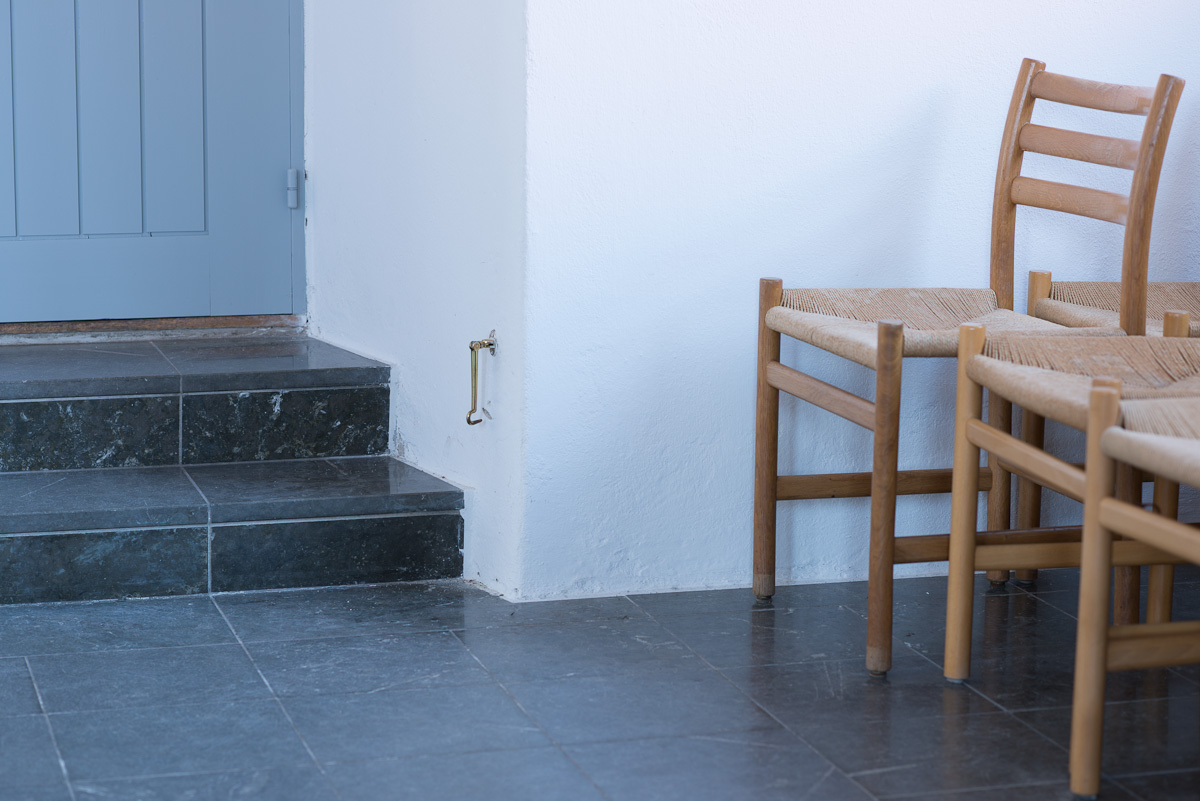Guy Mancuso
Administrator, Instructor
Okay home on my 30 inch monitor. one word 
Great to see you here. Join our insightful photographic forum today and start tapping into a huge wealth of photographic knowledge. Completing our simple registration process will allow you to gain access to exclusive content, add your own topics and posts, share your work and connect with other members through your own private inbox! And don’t forget to say hi!
OK, Guy. The tough one - M9 CCD files vs. D800 CMOS. WHere do you come down? Have you finally found a CMOS chip whose look you like?Okay home on my 30 inch monitor. one word
Or alternatively; It's great they did. Nikon's remote-flash system works fantastically well when using the 'pop-up' to trigger un-tethered flashes.Nikon should not have put a flash on such a camera.
Perhaps this is true, thus far I am not realizing the proof in it however. Understand though I was not trying to make a finished image so much as examine the file quality and in this case in particular the DR. The apparent lack of DR based upon the poor SNR from white to black is what prompted me to start this discussion.>You don't have to use the 2012 process in ACR or LR 4.0, you can revert back to the 2010 process which then provides all of the tools, and attributes we are used to and this is what I did on this image.
I know. I think 2012 was introduced to do a better job in the highlights and shadows. How much did you push the fill light?
I know you weren't, Guy. Dammit. This is gonna cost me a bit, isn't it?Jason I am NOT a landscape shooter. I hedged my bets on the D800. Guess what I WON.
Jason I am NOT a landscape shooter. I hedged my bets on the D800. Guess what I WON.

Why not? With Nikon you get the choice of Adobe RGB or sRGB, so why not choose the color space with the largest color gamut. Makes total sense to me especially if you consider the purported huge color depth of this camera as well as the D4...why Adobe RGB?
O.K.,
Here's one with an old screwdrive focus AF Nikkor 35mm f/2 D (basically a 23 year old lens design afaik), weighs 205 g (review by Thom Hogan)
Link to the RAW file
80A_0109_AF_35mm_D_iso100_12bit.NEF
